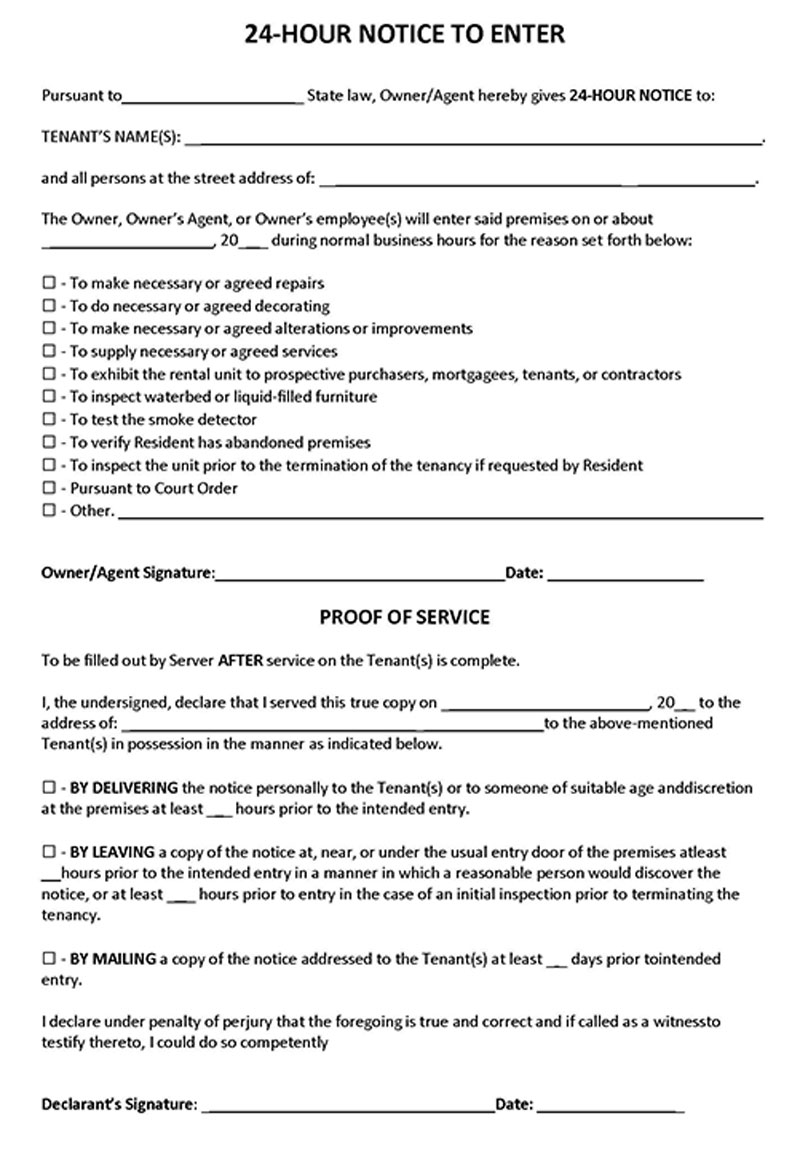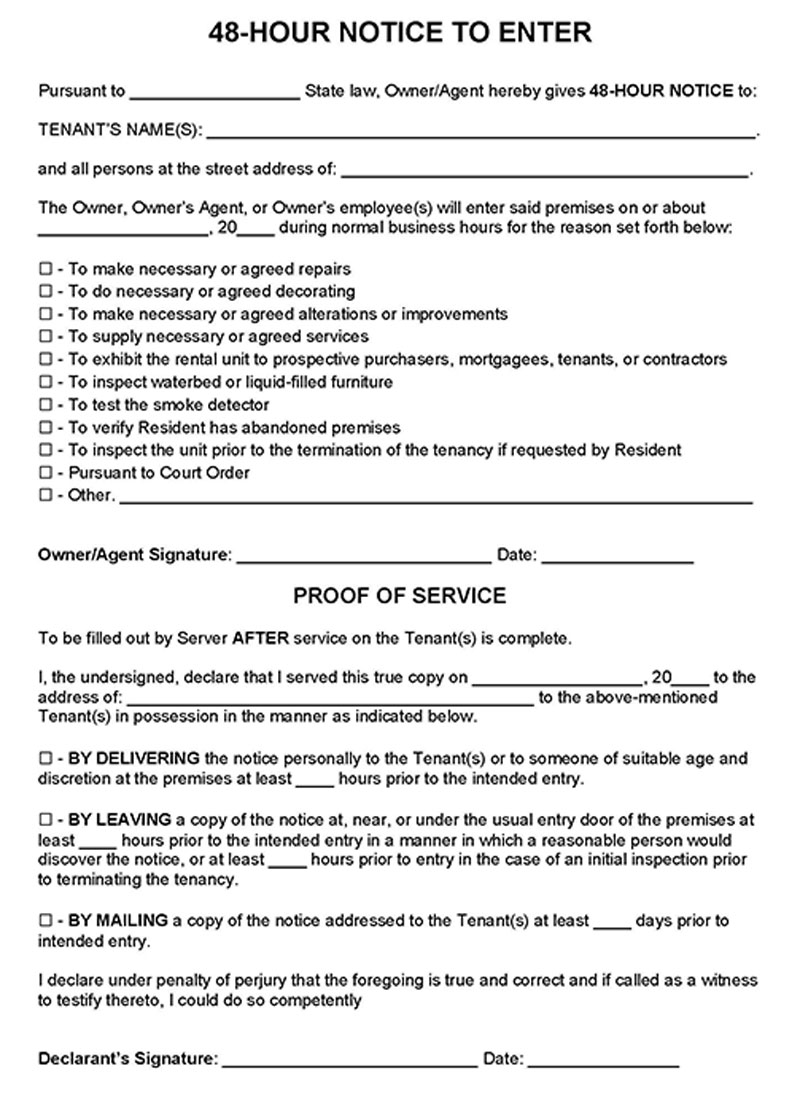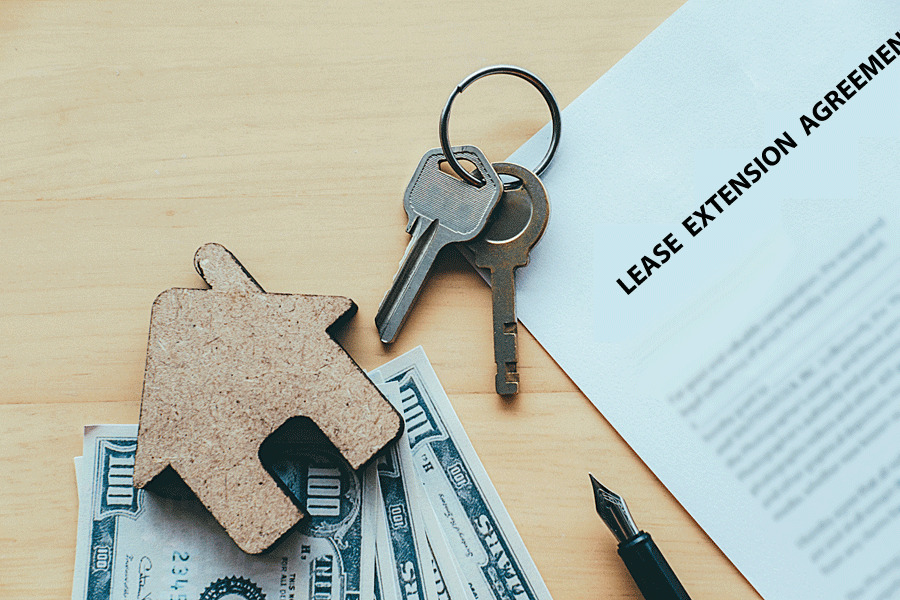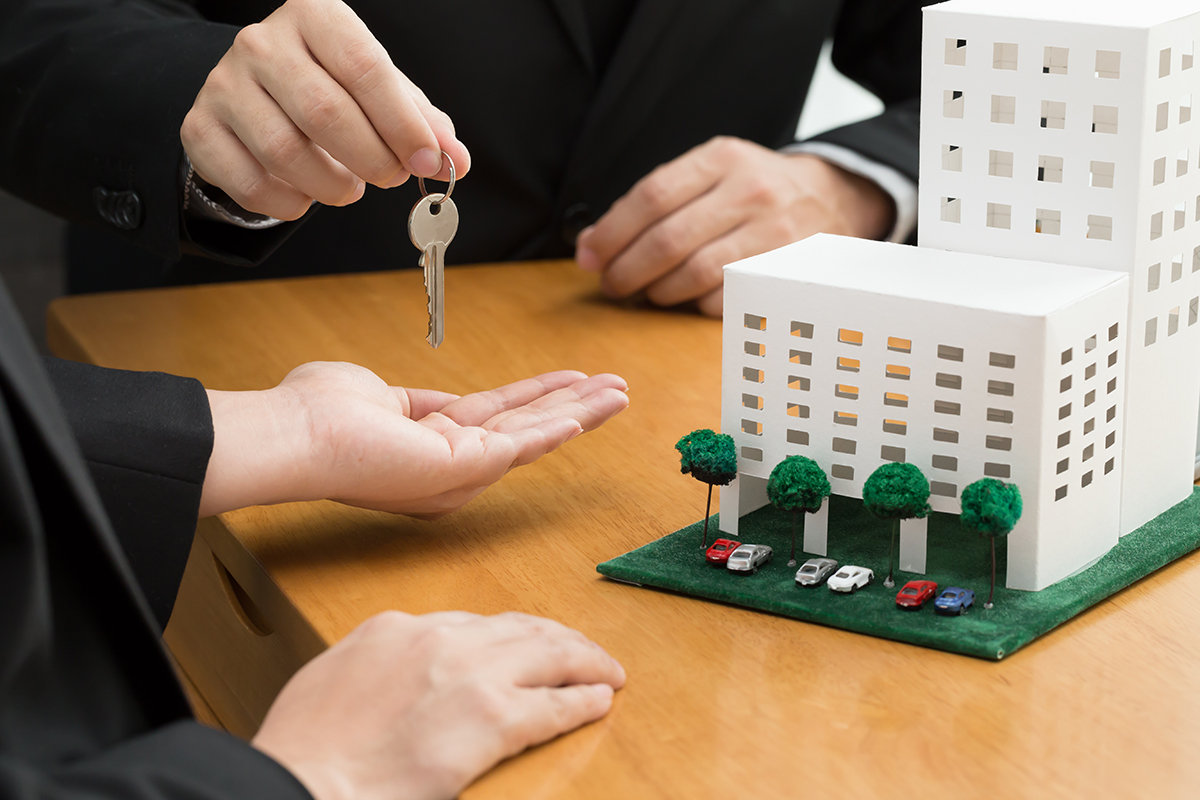A landlord must provide a written notice to enter a tenant’s rental property. This means that the landlord cannot enter a tenant’s property whenever they want. Tenants have a right to privacy and quiet enjoyment in their rented properties. Therefore, a landlord will have to provide the tenant with written notice at least 24 hours before entering the unit. However, this may vary depending on the situation or the state where the tenant resides.
The notice intends to allow the landlord to enter the tenant’s property at a specific date and time. It is respectful to the tenant and a legal requirement in most states. This article will highlight its importance and how it is used.
Landlord’s Notice Form Templates
By types


What is a Notice to Enter Dwelling
It is a document the property owner or landlord gives to a tenant to notify them that they wish to visit and enter their property. It is considered illegal for the landlord to enter the tenant’s property without giving notice of entry.
The landlord may use this notice for different purposes, such as property maintenance, inspection, or selling the property. However, it must be noted here that the landlord can enter the tenant’s property without notice in an emergency like a fire, flood, or medical emergency.
It may also be referred to as:
- Letter of notice for entry to the property
- Landlord notice of entry
- Notice of entry for the property
- Leased property
When Should It be Used?
It is illegal for the landlord to enter a tenant’s dwelling without a proper announcement. This is to protect the tenant’s right to privacy. Therefore, it is crucial for the landlord to always give the notice that announces his visit and the purpose of the visit as a sign of respect towards the tenant.
Below are some of the ways this notice can be used:
For inspection purposes
For landlords, inspections are used to check the current condition of their property. As a result, most landlords will inspect their properties before a tenant has vacated them and before a new tenant arrives. The inspection helps the landlord determine if there have been any damages caused by the current tenant. This allows the landlord to make the necessary repairs before a new tenant starts living there.
Furthermore, inspections before the premises are vacated aid in determining whether the tenant was responsible for any property damage. It also helps the landlord determine if any deductions have to be made from the tenant’s security deposit.
To perform repairs
After a while, every property requires repairs and maintenance. In this case, the tenant must send a repair notice to the landlord whenever something needs to be repaired. The landlord will take the necessary action to ensure that the property is thoroughly examined and all damages are repaired.
Therefore, the landlord will send a notice to access the property to the tenant to inspect the extent of the damage. In the notice, the landlord should also mention the details of the person responsible for the repairs.
For modifications and renovations in the property
Making renovations and changes to the dwelling unit is crucial for its upkeep, especially if you want your property to be fully occupied. However, as the landlord, you will need to notify the tenant about visiting the property for any modifications and renovations to the property. The notice should contain the details of all people involved in the alteration process.
To show the apartment to the potential tenants
When a landlord has a potential tenant, they will invite them to view their property. However, if the property is still occupied, the landlord will give the notice to the current tenant, informing them that they will be bringing a potential tenant for viewing is significant. The notice should include the date and time the viewing will take place. This is a way of showing respect to the tenant.
To provide services
Sometimes a tenant might request certain services from the landlord. In this case, the landlord will give notice to the tenant to notify them that they will be visiting the property on a specific day.
To deliver large packages
Sometimes when a tenant purchases products that cannot be delivered through the mailbox. In such a case, the landlord can receive the package and deliver it to the tenant. First, however, the landlord will be required to send a notice to the tenant to inform them that they will be making a package delivery to their apartment.
Under court orders
Some circumstances will force the landlord to seek court intervention to enter the rental property. The landlord is not required to give notice to the tenant to enter the premises in cases where the court has issued directives.
For pest control services
A pest infestation will make the property inhabitable and may require pest control services. In this situation, the tenant will inform the landlord about the issue. The landlord will then give the tenant a notice about accessing the property. The notice should indicate the number of people who will come for the fumigation and the date and time.
In case of an emergency
There are emergency cases where the landlord may need to inspect an occupied property. However, there are emergencies where the landlord may be required to enter the tenant’s unit without giving notice. For example, if the tenant requires immediate medical attention or if there is a gas leak or fire.
If the tenant has violated the rules or abandoned the property
Every property has rules and guidelines that ensure peaceful coexistence among the tenants. However, if the tenant violates any of the rules, the landlord can use the notice to access the property and rectify the issue.
A landlord may also enter a rented property in the case of abandonment. The rules in cases of abandonment vary from state to state. However, most states mandate that before entering a property, a landlord must first make sure that it has been truly abandoned by making several attempts to get in touch with the tenant and documenting those attempts by keeping copies of any notices, obtaining proof that the rent has not been paid, getting in touch with the tenant’s emergency contact, etc.
To issue an eviction notice
There are times when the landlord has to evict a tenant. In this case, the landlord can issue a notice to the tenant, informing them that they will visit the apartment with a law enforcement officer. The main aim is to ensure the tenant vacates the apartment as indicated on the eviction notice. Also, while giving the eviction notice, the landlord may also check for any damages in the house caused by the tenant and deduct the equivalent amount from the security deposit.
Reasons to Enter the Property
A landlord needs to have a valid reason for entering a rented property. Otherwise, the tenant might complain and file for privacy violations and disturbance.
Below are some of the requirements to fulfill before sending the notice to a tenant:
Provide a reason for entering
Before entering a tenant’s apartment, the landlord will need a valid reason. The reason should be clearly stated in the notice. However, there are general reasons why a landlord might enter a tenant’s unit, like inspections, checking for repairs and maintenance, and showing the unit to new clients.
Notice period
The landlord needs to provide the exact timeline for when they will be visiting the tenant’s property. The landlord’s notice should be given at least 24 hours before the actual visit. This gives the tenant time to prepare and be at home at the time of the visit.
Delivering the notice
It is important to ensure that the tenant gets the notice without unnecessary delay. Most landlords prefer calling or texting the tenants to inform them that they will be visiting their property. However, if the landlord has prepared a notice, then it is required that they deliver the notice in person or by standard mail.
Accessing the property
After delivering the notice, the landlord can enter the tenant’s property. However, the landlord needs to visit at the tenant’s convenience or during official working hours. For example, between 9 a.m. and 6 p.m. are reasonable hours to visit a tenant’s property.
Templates By States
How to Fill out the Form?
A landlord is guaranteed to have a complete and accurate notice if they use this template for it. After downloading it, you can use the following information to fill out the form:
Fill in the required information
When filling it out, there are specific details that you will need to include, and they are as follows:
- It would be best to mention the state law you are observing.
- You should provide information about the notice period.
- The name and contact details of all the tenants living in your rental property,
- must be included.
- Mentioning the address of the rental unit is necessary.
- You must include the actual date you want to visit the property.
- You should ensure to mark the correct checkboxes for the reasons for entering the tenant’s apartment.
- Mentioning the date when you provided the notice is crucial for record-keeping. The date format should be [mm/dd/yyyy].
- Including your signature as the landlord is a notice requirement to enter the dwelling unit.
Proof of service
Once the notice is completed and signed, it should be submitted only through the process server. This is meant to establish that you served the notice to the tenant. It would be best if you marked the appropriate section depending on how you delivered the notice to them.
In the notice, the landlord should indicate that they have delivered it in person to the tenant hours before entering the tenant’s unit. Additionally, the landlord should deliver it by leaving it under the tenant’s door or emailing a copy to the tenant some hours before the intended visit. The landlord should also mention the intended date and time at which they will enter the tenant’s unit.
Legal Notice Periods by States
The notice period to enter rental premises varies from state to state. The table below shows the minimum notice period before visiting the tenant’s property:
| State and statute | Required notice period |
| Alabama (§ 35-9A-303) | 2 days |
| Alaska (§ 34.03.140) | 24 hours |
| Arizona (ARS 33-1343) | 48 hours |
| California (CIV § 1954) | 24 hours |
| Connecticut (§ 47a-16) | Reasonable notice |
| Delaware (Title 25 § 5509) | 48 hours |
| Florida (§ 83.53) | 12 hours |
| Hawaii (§ 521-53) | 2 days |
| Indiana (§ 32-31-5-6) | Reasonable notice |
| Iowa (§ 562A.19) | 24 hours |
| Kansas (§ 58-2557) | Reasonable notice |
| Kentucky (§ 383.585) | 2 days |
| Maine (§ 6025) | 24 hours |
| Minnesota (§ 504B.211(Subd. 2) | Reasonable notice |
| Montana (§ 70-24-312) | 24 hours |
| Nebraska (§ 76-1423) | 24 hours |
| Nevada (NRS 118A.330) | 24 hours |
| New Hampshire (RSA 540-A:3) | Reasonable notice |
| New Jersey (NJSA 2A:39-1, § 5:10-5.10) | 1 day |
| New Mexico (§ 47-8-24, § 47-8-34) | 24 hours |
| New York (Residential Tenants’ Rights Guide (page 54)) | Reasonable notice |
| North Dakota (§ 47-16-07.3) | Reasonable notice |
| Ohio (§ 5321.04, §5321.05(B)) | 24 hours |
| Oklahoma (§ 41-128) | 1 day |
| Oregon (§ 90.322) | 24 hours |
| Rhode Island (§ 34-18-26, §34-18-39) | 2 days |
| South Carolina (§ 27-40-530, §27-40-720, §27-40-730) | 24 hours |
| Tennessee (§ 66-28) | Reasonable notice |
| Utah (§ 57-22-4, § 57-22-5(2)(c)) | 24 hours |
| Vermont (§ 4460) | 48 hours |
| Virginia (§ 1229, § 1248, § 1249) | 24 hours |
| Washington (§ 59.18.150) | 2 days |
| Washington D.C. (§ 8–231.06(a)) | 48 hours |
| Wisconsin (§704.05(2), ATCP 134.09) | 12 hours |
note
It is considered illegal for the landlord to enter the tenant’s property unannounced and harass them. The landlord cannot misuse their power to suppress and undermine the tenant’s rights, like privacy, or cut off services like water and electricity.
Frequently Asked Questions
In most cases, landlords must give notice before visiting a property at least 24 hours in advance. The advance notice will allow the tenant to ensure availability and be aware of the reason for the landlord’s visit to the property. However, in cases of emergencies, the landlord may not be required to provide the entry notice immediately. However, they may be required to provide a reason after the emergency is dealt with.
It is illegal for the tenant to change the door lock without consulting with and getting permission from the landlord. However, if the tenant is allowed to change the door lock, they must provide a set of keys to the landlord.
As a tenant, you have the right to enjoy your privacy and quiet enjoyment in your apartment. Therefore, it is illegal for the landlord to enter your premises unannounced and without your permission. Additionally, you have a right to security, health, safety, and good living conditions.











